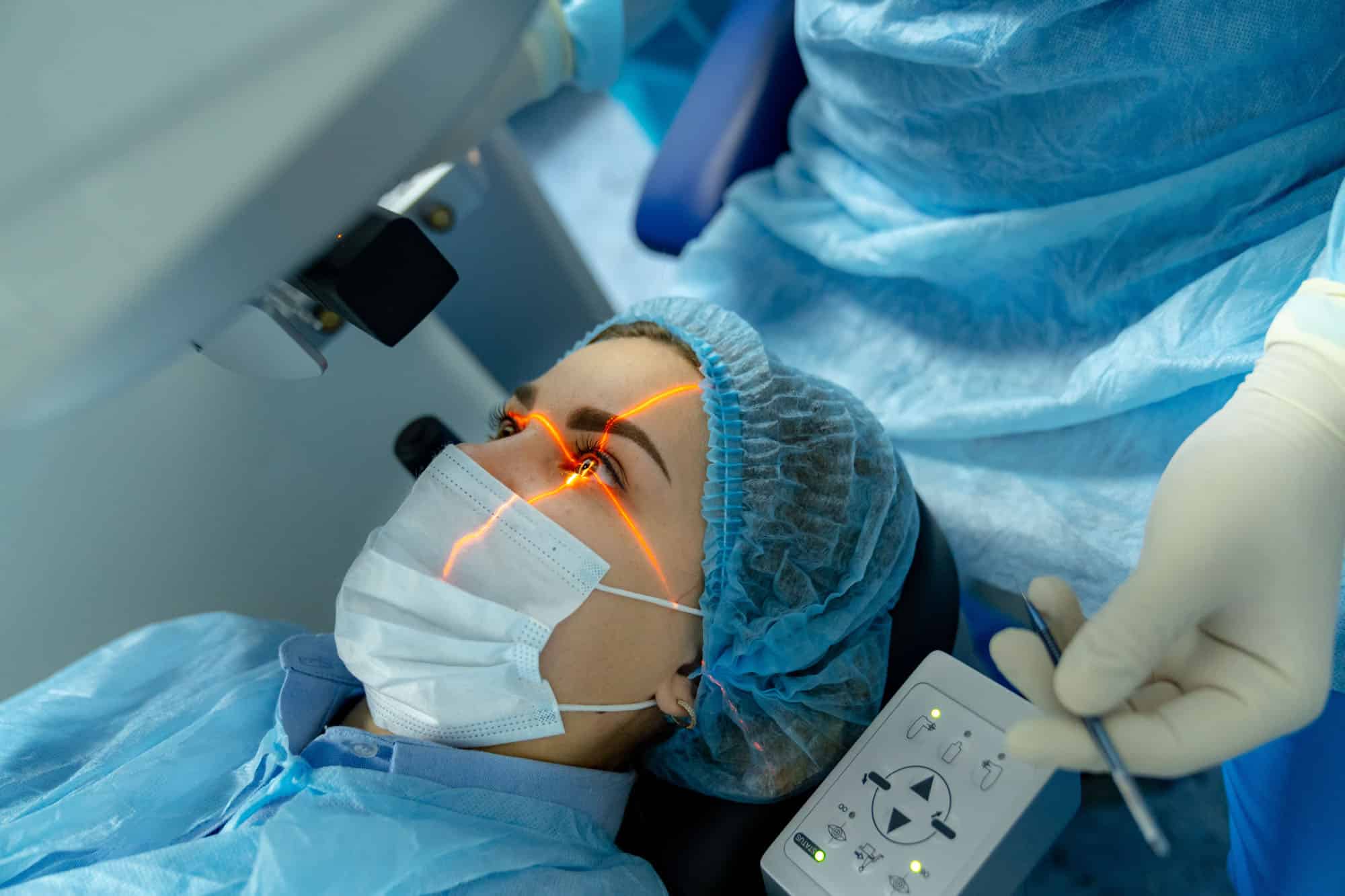
Many people dream of clear vision. Glasses and contacts are common. LASIK surgery offers another path. It promises freedom from aids. This procedure reshapes the cornea. It corrects refractive errors directly. Millions have chosen this option. It’s a big decision for anyone. Understanding all aspects is vital. Do thorough personal research. Your personal comfort matters. Daily habits influence choices. A thorough eye exam helps. Discuss all possibilities with experts. There’s no single right answer. It’s about what works for you. Your eyes deserve careful thought.
Is LASIK Safe? Reviewing the Long-Term Risks
Safety is a top concern for LASIK. Many wonder about long-term risks. Every surgery has some potential risks. LASIK is generally considered safe. However, complications can happen. Understanding these possibilities is key. It helps in making an informed choice. Don’t rush into a decision. Review all potential outcomes. Your eye health is precious. Consider the statistics carefully. What do studies really show? Talk to people who had it. Their experiences offer insights. Gather information from diverse sources. This will build true confidence.
Common Post-LASIK Symptoms
Immediately after LASIK, some symptoms are normal. Dry eyes are very common. This can last for several months. Light sensitivity often occurs. Glare or halos around lights are possible. Especially at night. These usually improve over time. Vision might fluctuate initially. Give your eyes time to heal. Follow all post-op instructions. Don’t panic if vision is blurry. It’s part of the process. Use drops as prescribed. Avoid rubbing your eyes. Rest is crucial for recovery. Be patient with your progress. Listen to your surgeon’s advice. Every step helps healing.
Persistent Dry Eye Syndrome
Persistent dry eye is a long-term risk. Some people experience it indefinitely. It can range from mild to severe. Treatments include eye drops. Punctal plugs might be used. Severe cases can impact comfort. It’s crucial to discuss this risk. Especially if you have dry eyes now. Pre-existing conditions matter. This specific risk needs attention. It might feel like sand. Or a constant burning sensation. Over-the-counter drops can help. Prescription ones are stronger. Managing it requires diligence. It’s a trade-off for some. Not everyone gets it. But it’s a possibility.
Visual Disturbances Over Time
Certain visual disturbances may persist. Halos, glare, and starbursts can remain. These are more noticeable at night. Some people find them bothersome. Others adapt to these changes. Pupil size can play a role. Larger pupils might increase effects. Discuss your specific concerns. Ask about expected visual quality. It’s not always perfect. Night driving can be challenging. Headlights might scatter more. Streetlights could have rings. This can be frustrating initially. Most people adjust to it. Sometimes it lessens. It varies between individuals.
Under-correction and Overcorrection
Sometimes, vision isn’t fully corrected. This is called under-correction. It means some refractive error remains. Further enhancement surgery might be an option. Overcorrection can also occur. The eye is reshaped too much. This also requires further correction. It’s less common than under-correction. Precision is critical in LASIK. Adjustments are sometimes needed. It’s not a one-size-fits-all. Each eye is unique. Surgeons aim for perfection. But human biology is complex. Be open to touch-ups. They are part of the journey. Discuss possibilities beforehand.
Regression of Vision
Over time, vision can change. This is known as regression. The eye might return partially to its old state. It means the correction lessens. This happens slowly over years. It is more common in high prescriptions. An enhancement may be needed. Not everyone experiences regression. It’s an individual response. Your eyes continue to age. Natural changes occur. Hormones can also play a part. Pregnancy might affect vision. It’s not a failure of the surgery. Just natural bodily progression. Regular eye checks are still vital. Monitor your vision diligently.
Corneal Ectasia: A Rare Complication
A very rare but serious risk is corneal ectasia. The cornea weakens and bulges forward. This causes progressive vision loss. It’s more likely in thin corneas. Thorough pre-operative screening is vital. Doctors check for this risk carefully. Advanced mapping helps identify it. It’s a severe long-term concern. Proper patient selection prevents this. This complication is devastating. But it’s exceedingly uncommon. Surgeons prioritize safety. They reject unsuitable candidates. Trust your doctor’s assessment. Don’t push for surgery if advised against it. Your eyes are too important.
Infection and Inflammation Risks
Like any surgery, infection is a risk. Infection can occur after LASIK. Proper hygiene is extremely important. Follow all eye drop schedules diligently. Inflammation can also happen. This is usually manageable with medication. Serious infections are exceedingly rare. But they can impair vision. Choose a reputable clinic. Their sterile protocols matter. Don’t skip your eye drops. They prevent complications. Report any redness immediately. Or unusual pain or discharge. Early intervention is critical. Your vigilance is part of safety. It protects your eyes.
Long-Term Patient Satisfaction
Most LASIK patients are highly satisfied. They enjoy lasting clear vision. Reduced reliance on glasses is huge. Many report improved quality of life. Long-term studies show good outcomes. However, individual results vary. Manage your expectations realistically. Discuss all potential risks thoroughly. Make an informed decision for yourself. Your vision is worth it. Life without glasses is liberating. Swimming, sports, daily tasks become easier. The initial recovery demands patience. But the rewards are often great. Listen to your body. Celebrate your new vision. It’s a profound change.
